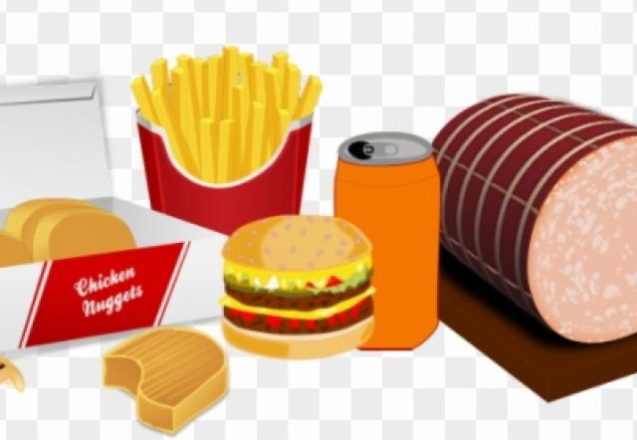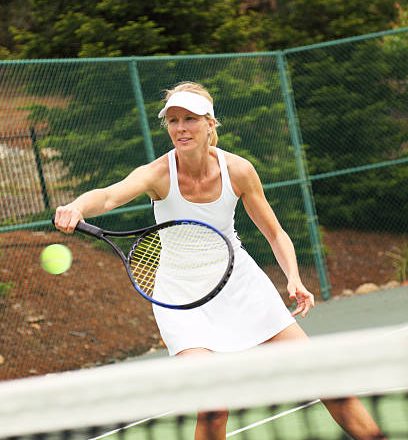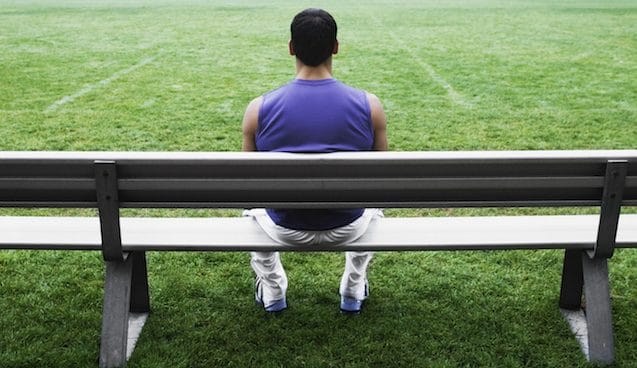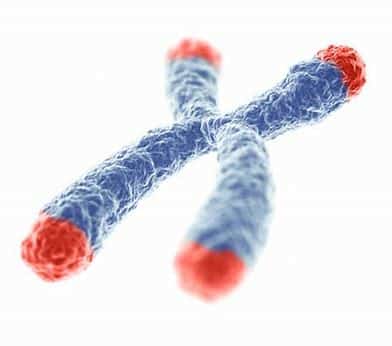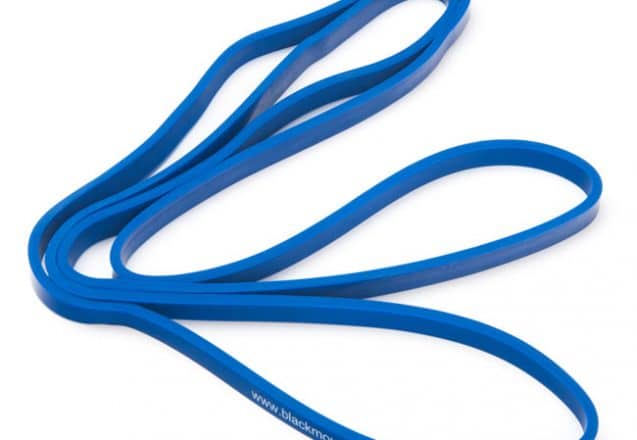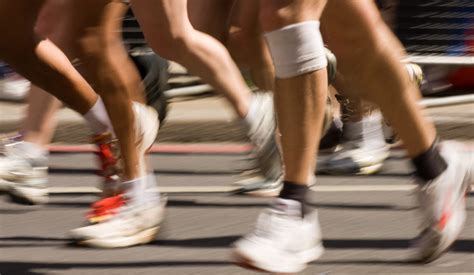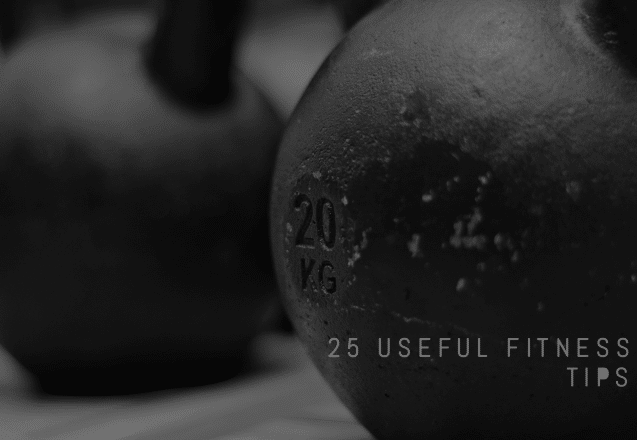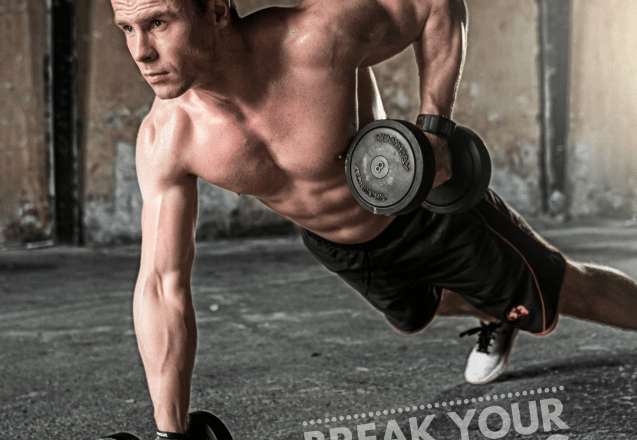4 Simple Tips You Probably Never Thought of To Improve Your Eating Habits
What kind of diet should you be on?
Keto? Low Carb? Intermittent fasting?
While each of these can have there place in the committed person’s dieting routine, often time when you take a look at the root cause of the current eating patterns that make you want to try any of these in the first place, we see that you can make some small tweaks to your habits.
If you are trying to simply lose weight, or just trying to improve your overall eating habits, here are a few places to start.
1.) Plan Ahead
One of the biggest reasons that “busy” people have for eating out at restaurants if because of lack of time. Poor time management accounts for poor food choices. When you take some time each week to prepare a menu of foods ahead of time, you eliminate the need to want to go to that fast food restaurant to satisfy your appetite.
Make a list of foods that you enjoy, create a grocery list, and take an hour or so on Sundays to prepare your meals for the week. This will not only save you poor food choices, but will save you money in the long run.
2.) Eat in Peace
Are you watching tv while you eat? Are you on your phone scrolling through you timeline? If so, you are not eating mindfully. You are distracted.
When this happens, you are not as aware of your body’s fullness ques that let you know when it does not want any more food. After a certain point, you just keep eating past your hungers limit, causing you to eat in excess.
When you eliminate these distractions, and eat mindfully, then you are more in tune with your body’s fullness cue and will eat less. Try keeping the TV off, and putting your phone away when you eat.
3.) Get to Bed On Time
When you go to bed later, you are doing more than just setting yourself up to have a lower energy day. The longer you stay awake, the more opportunity you create to eat those midnight snacks. As you ease past your body’s natural sleep times, your brain literally craves food since it is past it’s bedtime. It sends signals to you to replenish it with food for energy, specifically sugars since they absorb the fastest and can be used more quickly.
This is why you may tend to crave sweets later in the night.
When you are in bed on time, you don’t give your brain the opportunity to crave foods.
4.) Prepare Healthy Snacks
So you literally may NOT have the time to prepare the foods on the weekend, or you could just be a terrible cook.
One strategy that can help you is to create a roster of health snacks that you enjoy, and keep them handy. It can be fruits, trail mix, nuts, seeds, as long as its something that you actually enjoy, and its versatile enough to have close by when you need some extra fuel.
When you create a list of foods that you already enjoy, and are easy to prepare, you are setting yourself up for success.
Notice anything about these 4 tips?
They don’t mention calories, they don’t mentions carbs, and they don’t mention starving yourself before your next beach vacation.
Each of these addresses fundamental behaviors that when followed consistently, can drastically improve your eating habits, which in turn can help you achieve your desired goals.
Try implementing at least one of these behaviors for 3 weeks, and then try another. You don’t have to rush all of them at once. Just start somewhere!
If you would like more information on how we help people improve their eating habits, check out our nutritional coaching program here!

